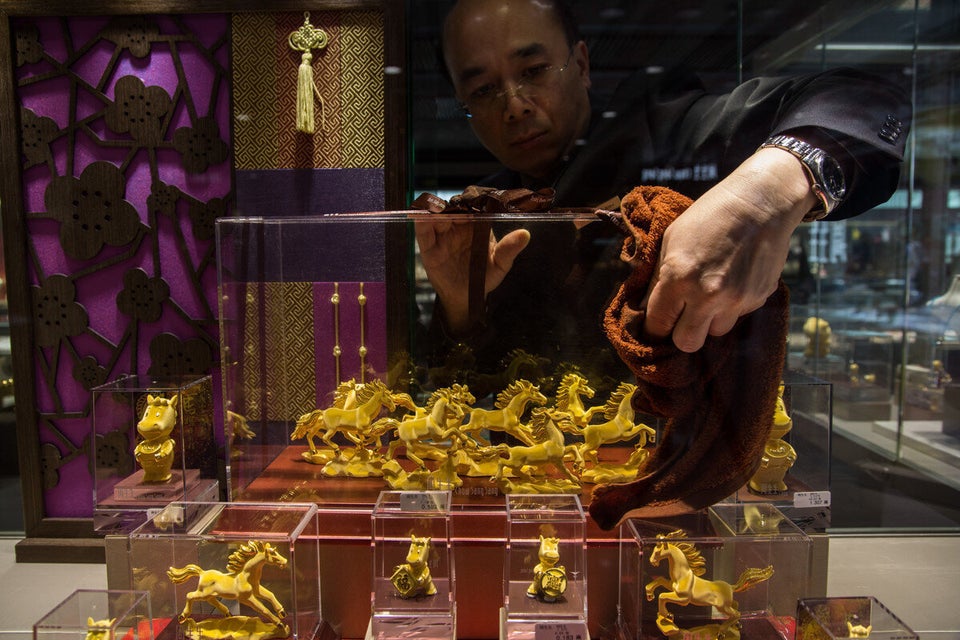
Thanksgiving may be over a month away, but Chinese people around the world are gearing up to celebrate harvest and family as part of the Mid-Autumn Festival on Sept. 8.
The occasion takes place on the 15th day of the eighth month in the Chinese calendar.
It does not have a set date on the Gregorian calendar, but it always corresponds with a full moon, explains Chinese site Xinhua.
The second most important festival to Chinese people after the New Year, it is a time in which families meet, have dinner, gaze at the full moon and eat a food known as moon cake, according to China Highlights.
It became a three-day festival under Han emperor Wu Di (156 to 87 B.C.), reports the Society for Anglo-Chinese Understanding.
The history of the Mid-Autumn Festival stretches back over 3,000 years to the Shang Dynasty (1600 to 1046 B.C.), when emperors worshipped the moon in the fall because they thought it would lead to a bountiful harvest.
Moon worship took the form of sacrifices to the lunar goddess in the succeeding Western Zhou Dynasty (1045 to 770 B.C.) and the practice has continued since then.
Sacrificial items have included moon cakes, plums, grapes, apples and watermelons.
But moon cake isn't just sacrificed; families eat it too. It's a food filled with ingredients such as egg yolk, nuts, lotus seed paste and various kinds of bean paste.
The tradition of consuming moon cake has been traced back to a revolutionary named Chu Yuan-chang, who lived during the Yuan Dynasty (1279 to 1368 B.C.), according to Taipei Times.
At that time, Chu was trying to lead the Han people in an uprising against the Mongols. He and a co-conspirator, Liu po-wen, told people that a plague was upon them and eating moon cakes was the only way to stop a disaster. The cakes actually held a message which told the Han people that a revolution would take place on the 15th day of the eighth lunar month.
Today, cakes are packaged in beautiful boxes (which sometimes cost more than the food itself), served with tea and shared by families as part of the festival, China Highlights explains.
Other traditions that come along with the holiday include playing with lanterns, dragon-dancing and lion-dancing in some parts of China, according to TravelChinaGuide.com.


Follow Us On Twitter
ALSO ON HUFFPOST:
